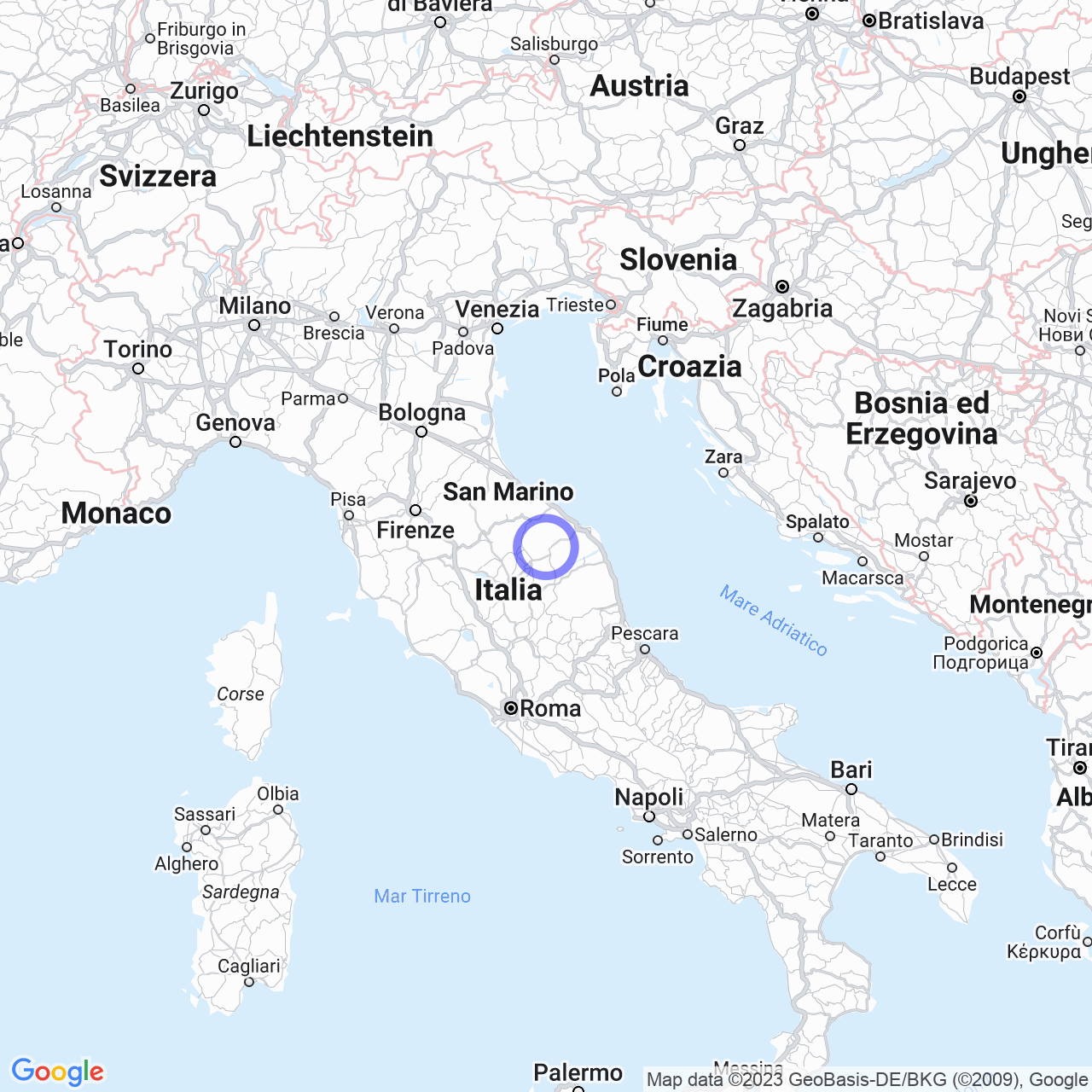Genga
Welcome to Genga!
Hello everyone! Today I will talk to you about Genga, a small Italian municipality in the province of Ancona, in the Marche region. With a population of just over 1600 inhabitants, it may seem that there is not much to discover here, but rest assured, because you are seriously mistaken! Genga is in fact a thermal center, a nature reserve, and an area of speleological interest with the famous Frasassi Caves. So, are you ready to start the virtual tour of Genga with me?
The geographical location of Genga
Genga is located in the pre-Apennine area of the Marche region and covers an area of 74 km², making it one of the largest municipalities in the region. The neighboring municipalities are Arcevia, Serra San Quirico, Fabriano, and Sassoferrato. The terrain is mostly hilly, with a flat strip along the Sentino River that runs through the town. The city is located 63 km from the provincial capital, Ancona.

The fascinating history of Genga
The origins of the Genga Castle are shrouded in mystery, as they date back to ancient times, but it is known that the territory was inhabited by populations from the Sentino valley and Umbrians, who joined the Piceni to occupy the entire Piceno Annonario. In 386 BC, the Senones Gauls invaded much of the territory, but were driven out by the Romans in 283 BC. Genga is believed to have been part of the municipality of Sentinum in Roman times.
The points of interest in Genga
Genga hosts various monuments and places of interest to visit, such as:
Abbey of San Vittore alle Chiuse
This is the most important monument in Genga, located in the hamlet of San Vittore Terme. The abbey is one of the best examples of Romanesque architecture in the Marche region.
Frasassi Caves
Undoubtedly the most famous and spectacular place in Genga are the Frasassi Caves. These impressive karst caves are located within the Regional Natural Park of the Gola della Rossa and Frasassi, near the hamlet of San Vittore Terme. They are so extensive (over two million m³) that the Duomo di Milano could fit inside, the first of these visitable caves being the Ancona Abyss, with an extension of 180 x 120 meters and a height of 200 meters.
Valadier Temple and Santa Maria Infra Saxa Hermitage
These are two religious places carved at the entrance of a cave in the same valley as the Frasassi Caves.
Genga Museum
The Genga Museum, located in the church of San Clemente, is a museum that collects works of art, furnishings, and objects of worship from various churches in the Genga area, including twenty-three paintings on board or canvas, three sculptures, and some pieces of liturgical vestments, sacristy furniture, reliquaries, chalices, and ancient liturgical books. Among the most significant pieces are the Trittico di Antonio da Fabriano, the painting on board San Girolamo and the patron, a work from the 15th century by Antonio da Fabriano, and the painted terracotta statue from the 15th century of St. Anthony Abbot, by Pietro Paolo Agabiti.
Conclusion of the visit to Genga
Thanks for joining me on this virtual journey of Genga! We've gone through the physical geography of the city, its rich history, and its monuments and places of interest. Genga has a lot to offer for those who love nature and art, and I hope that you will soon be able to come and visit this splendid Italian municipality in person. Until next adventure!
